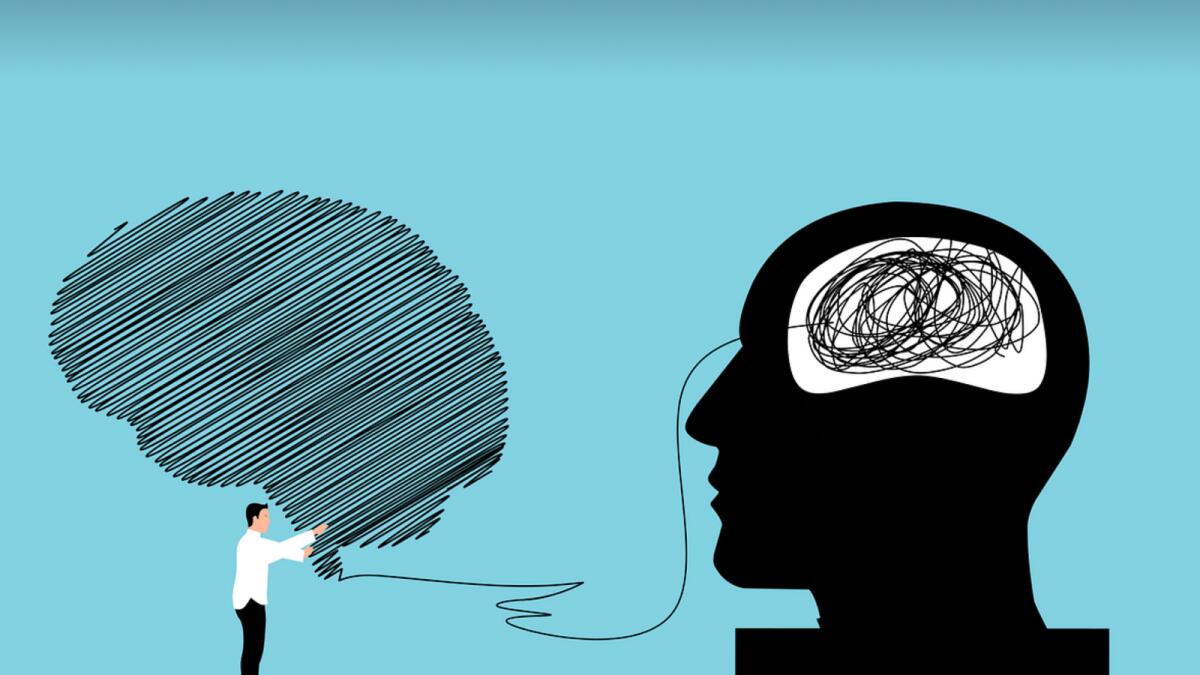Anxiety is a pervasive condition that affects millions of people worldwide, manifesting as a relentless concerto of uneasiness that can be difficult to shake. Leading trauma experts suggest that anxiety is often a byproduct of unresolved trauma, leaving lasting marks on the brain and affecting fear and stress responses. The amygdala, the brain’s fear machinery, plays a central role in processing emotions, especially fear, and can become hypersensitive in individuals with chronic anxiety, triggering intense fear reactions.
The hippocampus, responsible for storing memories, can also be affected by trauma, leading to a confusion between past and present dangers. The autonomic nervous system (ANS) contributes to anxiety by swinging between fight-or-flight and freeze responses in individuals with chronic anxiety. Dr. Stephen Porges’ Polyvagal Theory helps to understand how the ANS regulates anxiety states and contributes to persistent hyper-vigilance and fear.
Trauma also affects the physical body, leading to chronic muscular tension and resulting in chronic pain or disease. Research has shown that childhood trauma can induce lasting changes in the brain’s fear circuitry, leading to heightened fear responses and decreased executive function. Individuals with anxiety disorders often exhibit overactive stress pathways, intensifying physical manifestations of anxiety.
Overcoming anxiety rooted in fear responses requires an integrative approach that addresses both mind and body. By exploring a multi-pronged approach, individuals can begin to heal from trauma and rewire their nervous systems for resilience and calm. The work of leading trauma experts is crucial in guiding effective interventions for anxiety and offering hope to those struggling with its grip.
In conclusion, anxiety deeply entrenched in fear responses can become a chronic condition when the nervous system becomes primed for survival due to life experiences. Understanding the pivotal roles of the body’s survival mechanism can provide crucial insights into the development and persistence of anxiety. By integrating body-based therapies and mindfulness practices, individuals can take steps towards healing and finding relief from anxiety.











